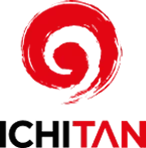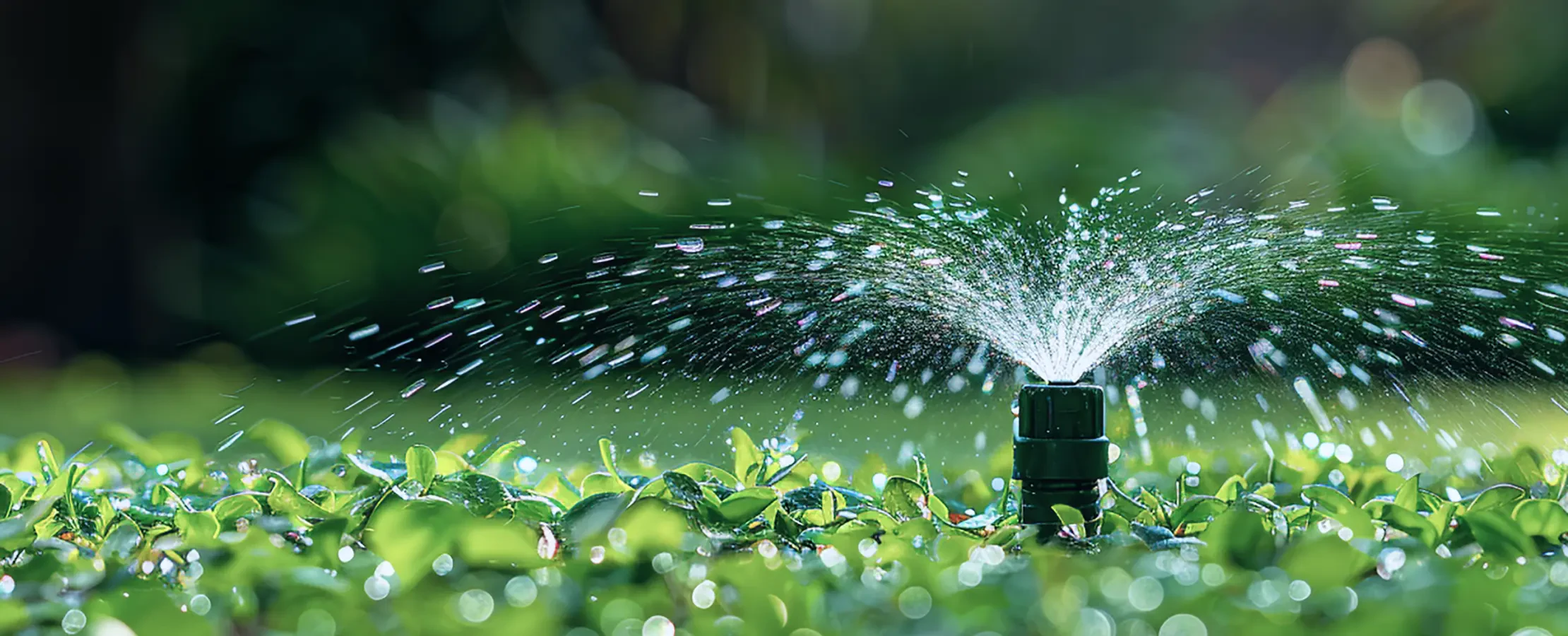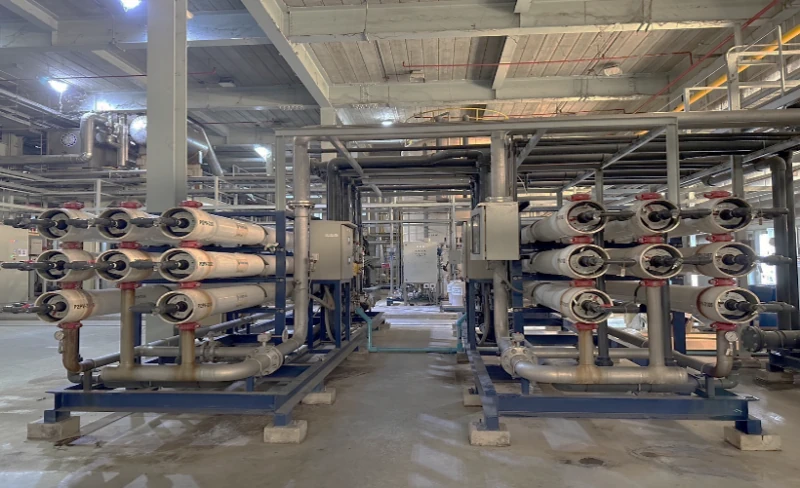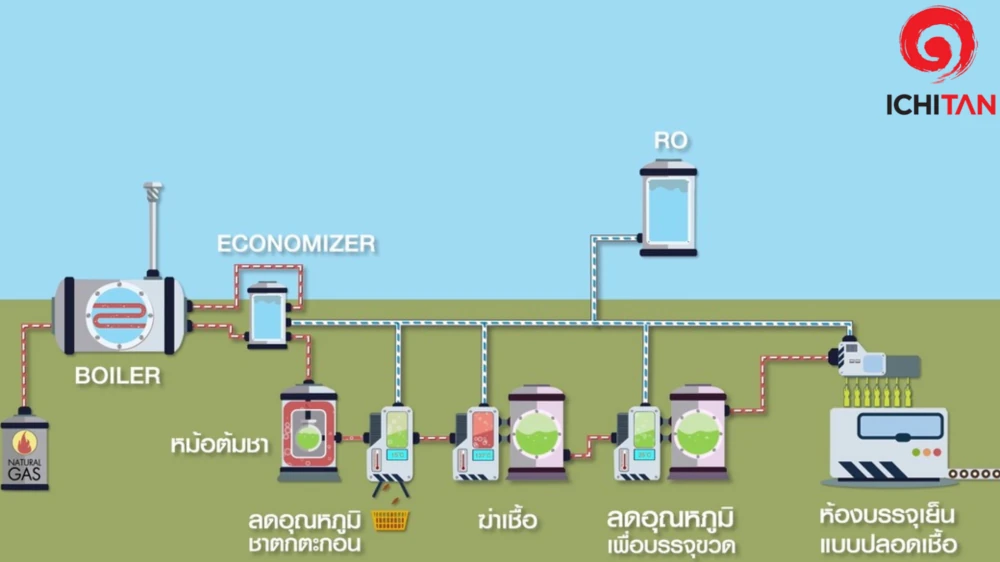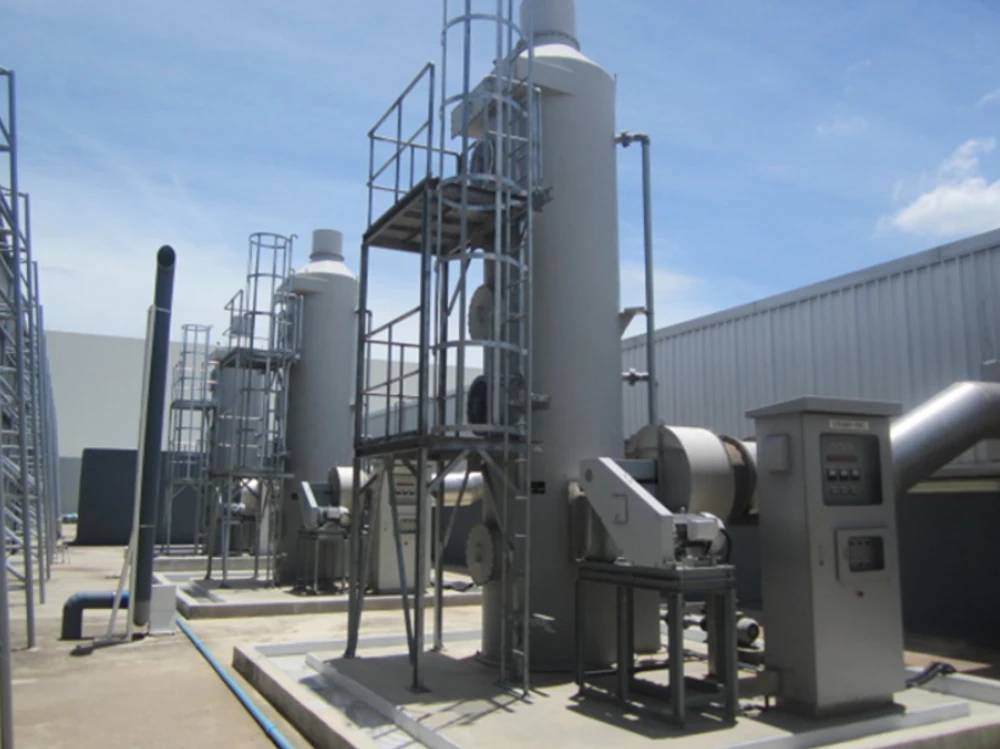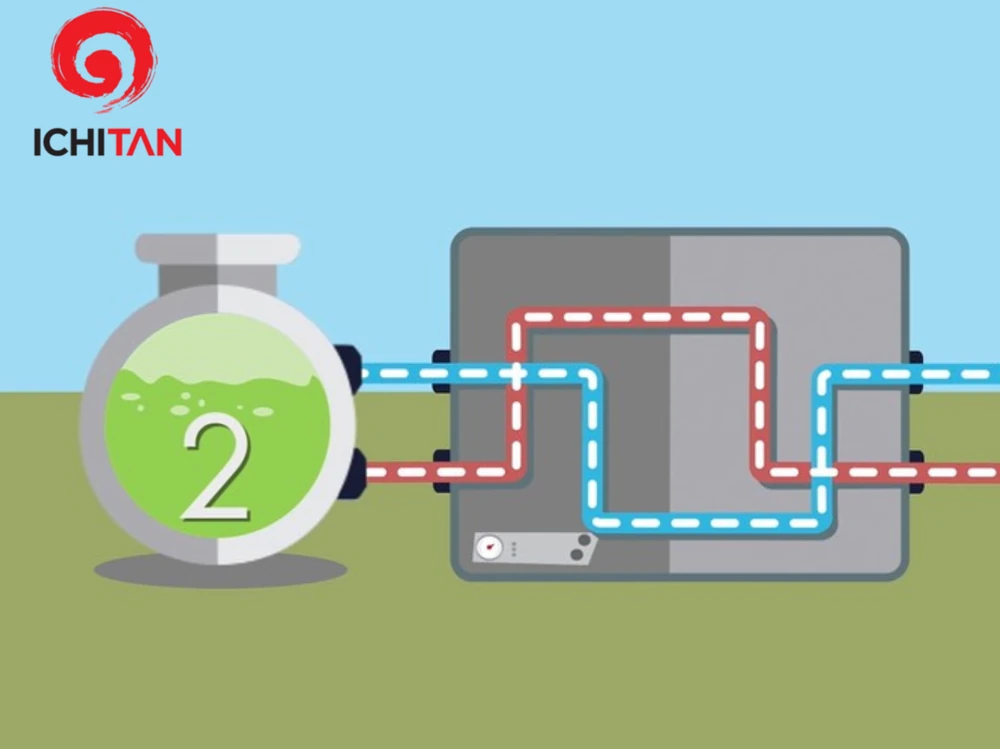
Water Security
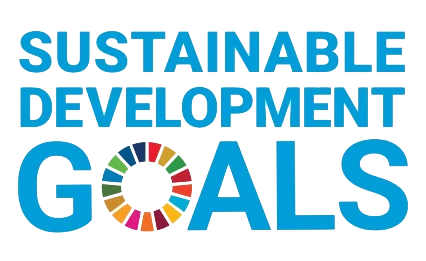
Importance and Mission
Ichitan Group Public Company Limited operates as a beverage manufacturer with “water” as the main factor in production. The Company realizes the importance of using water resources for maximum efficiency. Therefore, it is committed to holistic water management, covering everything from water resource conservation, reduction of water consumption, development and improvement of wastewater quality, and reuse of wastewater from the production process according to the 3Rs (Reduce, Reuse, and Recycle) principle. It also raises awareness among executives and employees about the valuable use of water. In addition, the Company has assessed the impacts or risks from water consumption, and monitored the level of raw water each month to ensure that the organization’s operations will not have negative impacts on water consumption in communities surrounding the factory.
Stakeholders Directly Impacted

Consumers

Employees

Society and Community
Goal and Performance Highlights
Goals
Performance Highlights

Reduced water usage in the production process by
Management Approach
- The Company places importance on water risk management by monitoring water volume reference data from Rojana Industrial Park to assess the situation and potential impacts from changing water volume or quality, covering the 6-month rainy season (May to October) and the 6-month dry season (November to April) to determine prevention and solutions, such as drought or flood crises etc. The Company has a schedule to assess water risks at least once a year, and practice flood response plans at least once a year to systematically prepare for flood situations, and minimize losses caused by floods.
- Water reserve tanks were installed within the company area. The Company has installed water reserve tanks within the factory for emergency use in the event of a problem with the industrial estate's water supply system. The quantity of water reserved in the company area is 8,500.00 cubic meters.
- Risks to the Company and local communities are monitors, and water is systematically managed by monitoring the organization's water consumption to find water-saving measures in the organization based on the 3Rs (Reduce, Reuse, and Recycle) principle.
- Quality of water used in the production process is monitored at least once a year according to the Ministry of Public Health Notification No. 135 B.E. 2534 (1991) on drinking water in sealed containers, including analysis of metal contamination, microbiological analysis, analysis of water characteristics such as color, acidity and alkalinity, minerals in water in daily analysis to maintain water quality and safety in production so that consumers receive safe products.
- Water consumption is monitored to control production costs, and reduce wastewater problems during production by setting key performance indicators (KPIs) related to water consumption control for the responsible control agencies.
- The quality of wastewater from the production process is assessed by controlling wastewater value to comply with the law and as specified by Rojana Industrial Park in order to avoid environmental impacts on the community as well as to create a good image of the organization in terms of environmental management.
- Anaerobic Wastewater Treatment is a wastewater treatment process in an oxygen-free environment. Microorganisms use other compounds as electron acceptors instead of dissolved oxygen or free oxygen to decompose organic matters in wastewater, causing it to precipitate and pass through the color treatment system. Before releasing wastewater, the quality of the wastewater must be checked before releasing it into the central wastewater treatment system of Rojana Industrial Estate.
- Awareness and understanding of water resource conservation among employees are promoted to save water resources, and reduce the problem of wastewater discharge to the outside.
Management of Water Consumption Risks
At present, climate change has become an environmental risk issue that has made all sectors of business operations aware and pay much attention to it because it has both direct and indirect impacts on living things, especially the “water” resource, which is an important resource for the survival of living things around the world. Creating water security therefore requires management to create balance in order to maintain a sustainable food chain system. The Company draws tap water from Rojana Industrial Park as the main source of its business operations, accounting for 78% of its total water consumption. However, in order to prevent risks that may arise from water shortages in the communities surrounding the Ichitan Green Factory, the Company continuously assesses water risks to reduce such impacts.
The Company has implemented effective water management through risk assessment of areas with “Water Stress” using the Aqueduct tool of World Resource Institution, which is a specific area risk assessment. The assessment results showed that Ichitan Green Factory is located in an extremely high-risk area.
The Company has therefore set guidelines for managing limited resources for maximum efficiency, starting from closely monitoring water situation reports, creating plans to reduce water consumption and plans to cope with water shortages, and implementing various projects with communities in the area where the factory is located to support appropriate water consumption reduction.
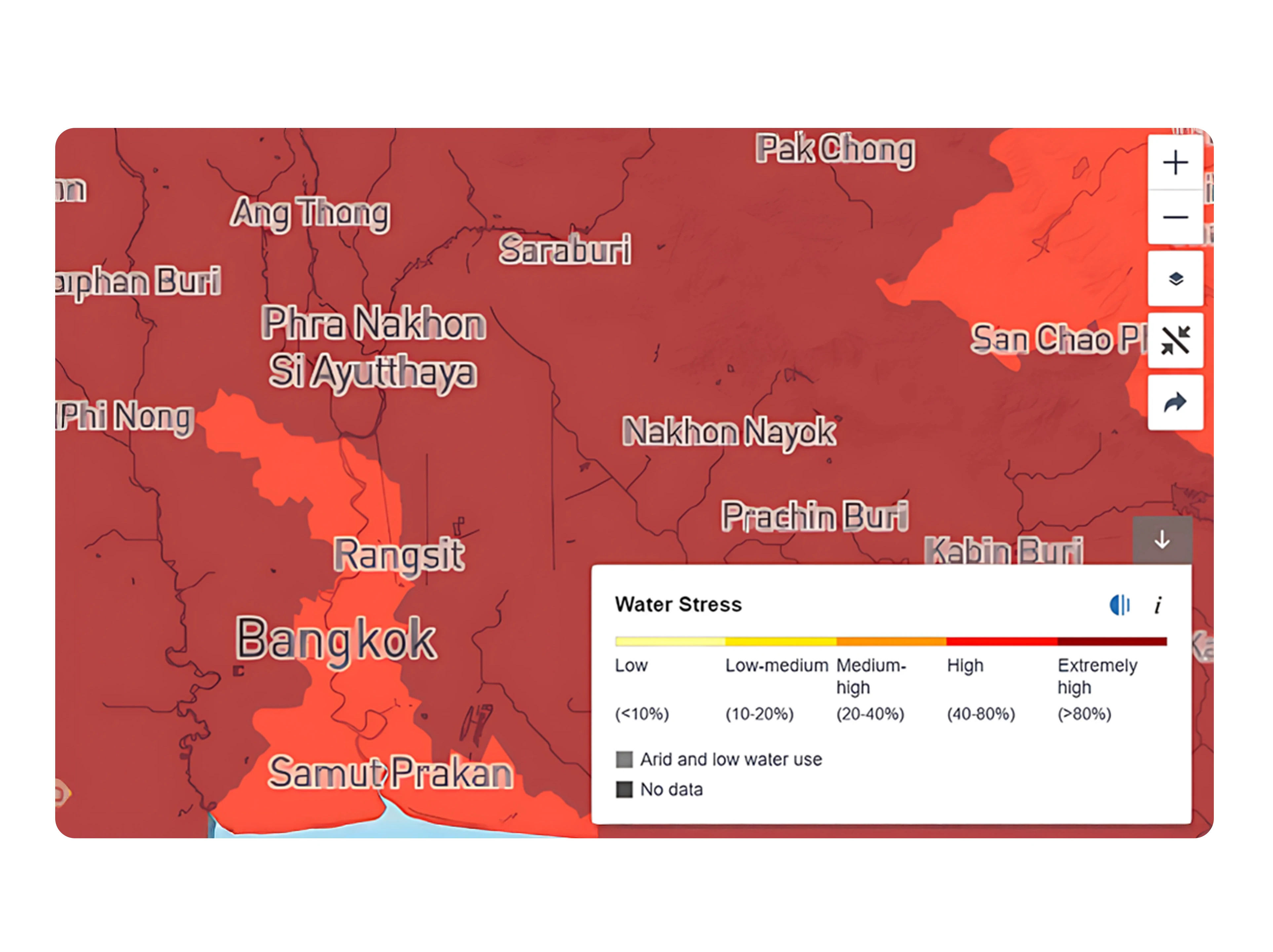
Implementation and Performance
Total Quantity of Water Consumption Classified by Sources
Quantity of tap water used in production
(Unit: m3)
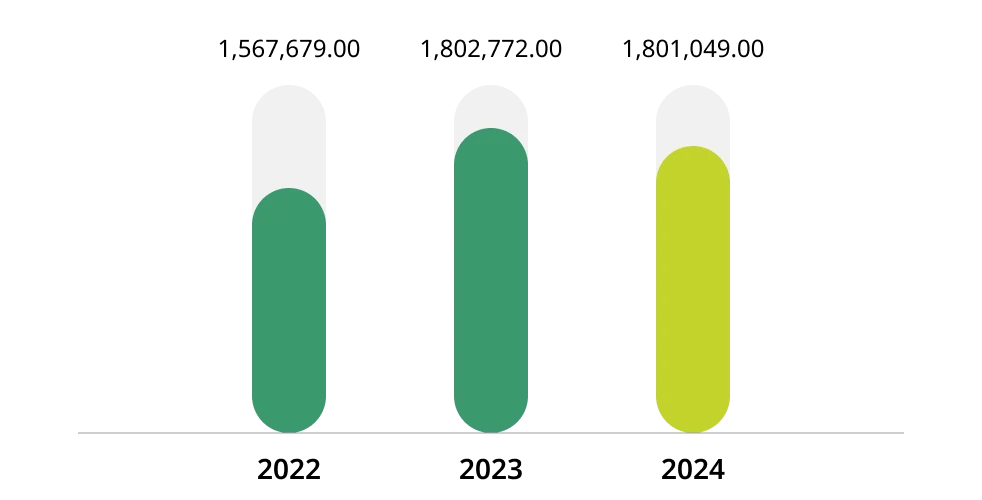
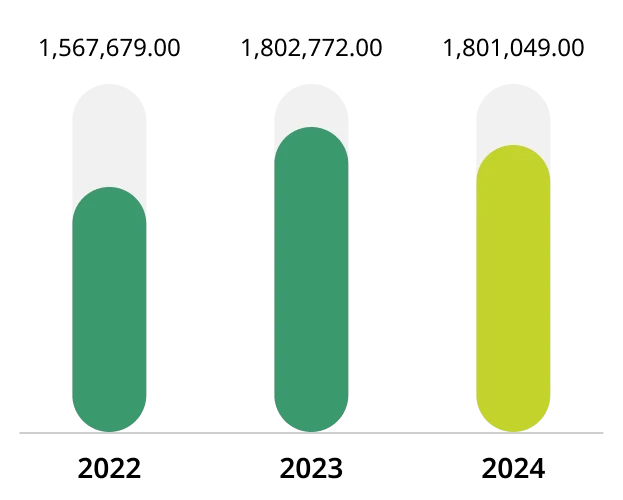
Total quantity of recycled and reused water
(Unit: m3)
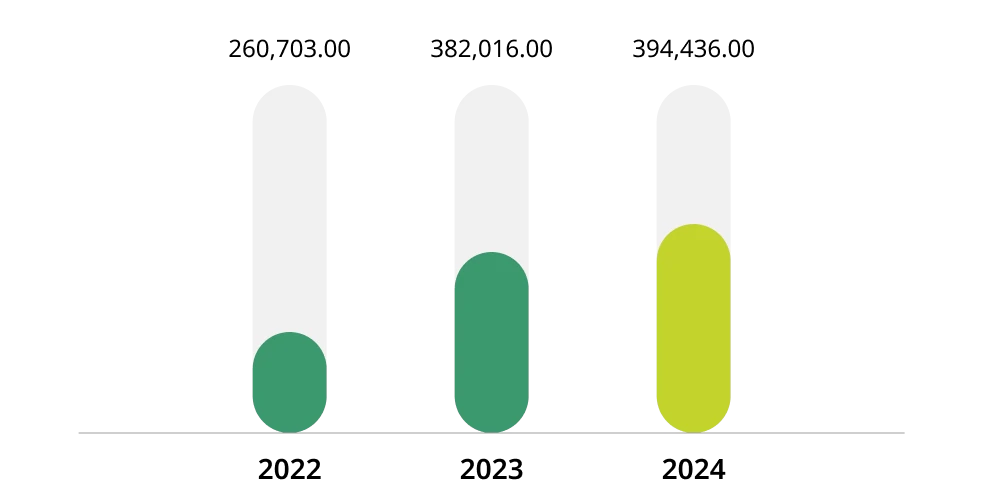
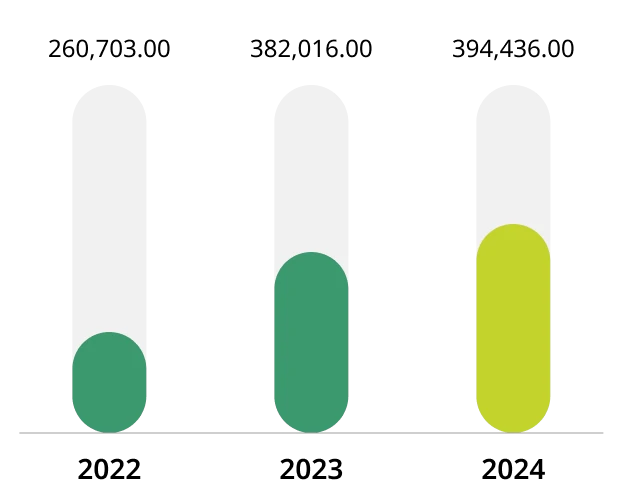
(Unit: m3)
| Performance | 2022 | 2023 | 2024 |
|---|---|---|---|
| Quantity of tap water used in production (from external sources) | 1,567,679 | 1,802,772 | 1,801,049 |
Performance
(m3/production unit)

Rate of water consumption per production unit
(m3/production unit)
| Performance | 2022 | 2023 | 2024 |
|---|---|---|---|
| Rate of water consumption per production unit | 5.1540 | 4.9573 | 4.6829 |
Total Quantity of Water Consumption Reduction
Total quantity of recycled and reused water
(Unit: m3)
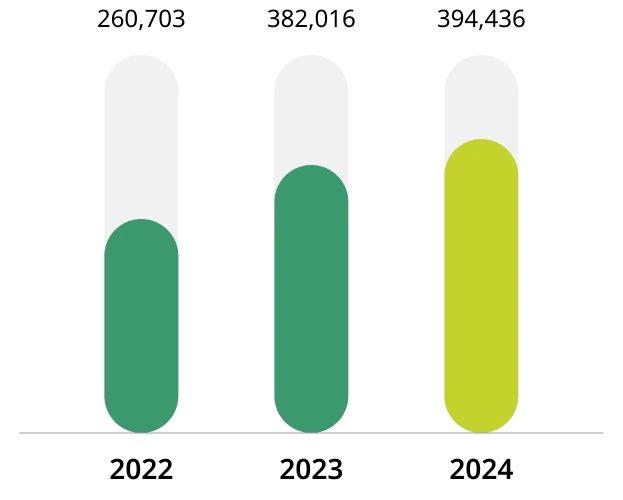
Rate of reduced tap water consumption
(%)
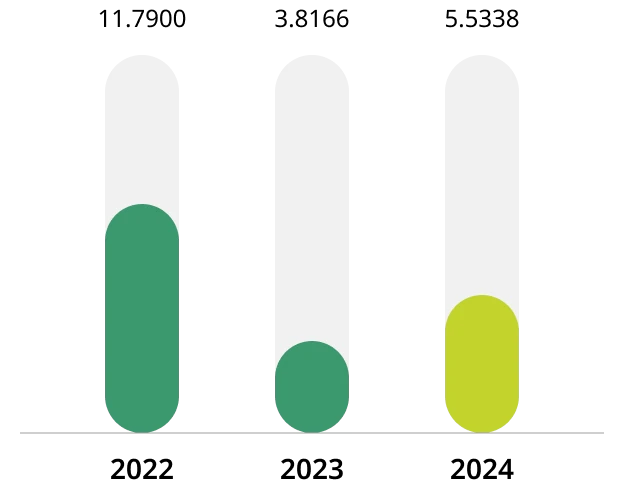
Reduction of greenhouse gas emission
(tCO2eq)
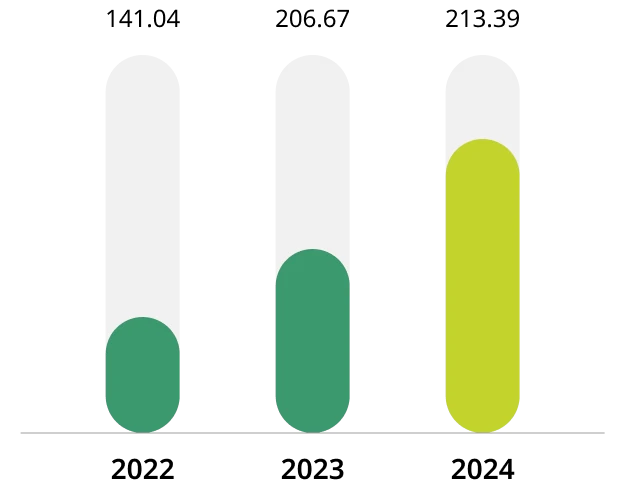
| Total Quantity of Water Consumption Reduction | 2022 | 2023 | 2024 |
|---|---|---|---|
| Total quantity of recycled and reused water (m3) | 260,703 | 382,016 | 394,436 |
| Rate of reduced tap water consumption (%) | 11.7900 | 3.8166 | 5.5338 |
| Reduction of greenhouse gas emission (tCO2eq) | 141.04 | 206.67 | 213.39 |
